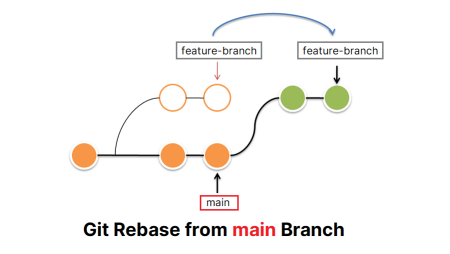SQL injection is a common form of attack that targets web applications that use SQL databases. In this type of attack, attackers exploit vulnerabilities in the application code to inject malicious SQL statements that can compromise the database and potentially expose sensitive information. PHP is a popular language for web development and is commonly used with SQL databases. One way to prevent SQL injection in PHP is by using prepared statements.
Prepared statements are a security feature in PHP that allow developers to define a query with placeholders for user input. The placeholders are then replaced with user input values at runtime, which are automatically escaped to prevent SQL injection attacks. Prepared statements provide a way to separate SQL commands from user input and can be used with a variety of databases including MySQL, PostgreSQL, and Oracle.
Here are some steps you can take to prevent SQL injection in PHP using prepared statements:
Step 1: Understand SQL injection
The first step in preventing SQL injection is to understand how it works. SQL injection is a type of attack where an attacker sends malicious input to an application that is not properly sanitized. This input can be used to execute arbitrary SQL commands or modify existing queries. The result is that the attacker can gain unauthorized access to the database and potentially steal or modify sensitive data.
Step 2: Use prepared statements
Prepared statements provide a way to prevent SQL injection by separating the SQL command from user input. This is done by defining a query with placeholders for user input and then binding those placeholders to input values at runtime. Prepared statements can be used with both PDO and MySQLi extensions in PHP.
For example, here’s how to use prepared statements with PDO:
1 2 3 | $pdo = new PDO('mysql:host=localhost;dbname=test', $username, $password); $stmt = $pdo->prepare('SELECT * FROM users WHERE username = :username'); $stmt->execute(array('username' => $username)); |
In this example, the query contains a placeholder for the username input. The execute() method is called with an array of input values, which are automatically escaped to prevent SQL injection.
Here’s how to use prepared statements with MySQLi:
1 2 3 4 | $mysqli = new mysqli("localhost", "username", "password", "database"); $stmt = $mysqli->prepare("SELECT * FROM users WHERE username = ?"); $stmt->bind_param("s", $username); $stmt->execute(); |
In this example, the query contains a question mark as a placeholder for the username input. The bind_param() method is called to bind the input value to the placeholder. The “s” argument specifies that the input is a string.
Step 3: Sanitize user input
Even with prepared statements, it’s still important to sanitize user input. Sanitizing input means validating and cleaning it to ensure it meets the expected format and does not contain any malicious characters or scripts.
In PHP, the filter_var() function can be used to sanitize input. For example, here’s how to sanitize a username input:
1 | $username = filter_var($_POST['username'], FILTER_SANITIZE_STRING); |
The FILTER_SANITIZE_STRING filter removes any HTML tags and special characters from the input.
Step 4: Limit privileges
To further prevent SQL injection, it’s important to limit the privileges of database users. Database users should only have the minimum necessary privileges to perform their tasks. This helps to limit the damage that can be done in the event of a SQL injection attack.
Step 5: Keep software up to date
Finally, it’s important to keep all software up to date. This includes both the web application and the database software. Updates often include security patches that address vulnerabilities, including those that can lead to SQL injection attacks.
Conclusion
In conclusion, SQL injection is a serious threat to web applications that use SQL databases. Using prepared statements is an effective way to prevent SQL injection in PHP, as it separates SQL commands from user input and automatically escapes input values. However, it’s still important to sanitize user input, limit privileges, and keep software up to date to further prevent attacks.
By following these steps, developers can better protect their web applications and databases from SQL injection attacks. It’s important to take a proactive approach to security and to stay informed about new threats and vulnerabilities. Regular security audits and testing can help to identify and address potential weaknesses before they can be exploited.

